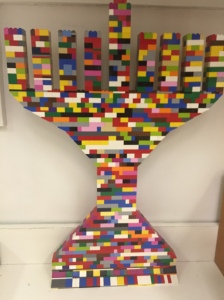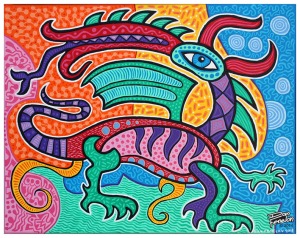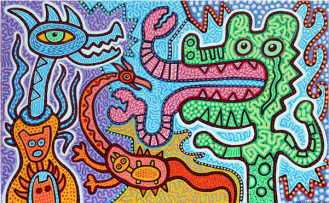
Siberian petroglyphs. Image taken by Sergei Alkin.
It is said “a picture is worth a thousand words,” but some pictures are worth much more than that. Some ancient pictures are worth a thousand years of history and knowledge. These images tell stories about our ancestors and they help us to understand our past.
Recently, a fascinating find in Siberia was revealed for the first time and it provides a 4,000-year-old window into the ancient past. When scientists were alerted to its presence three years ago, they decided to keep it a secret in order to protect the site while they studied and cataloged its treasures. Now, for the first time, its location has been made public and our eager eyes can feast upon the perfectly preserved art. Continue reading














